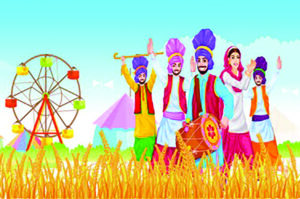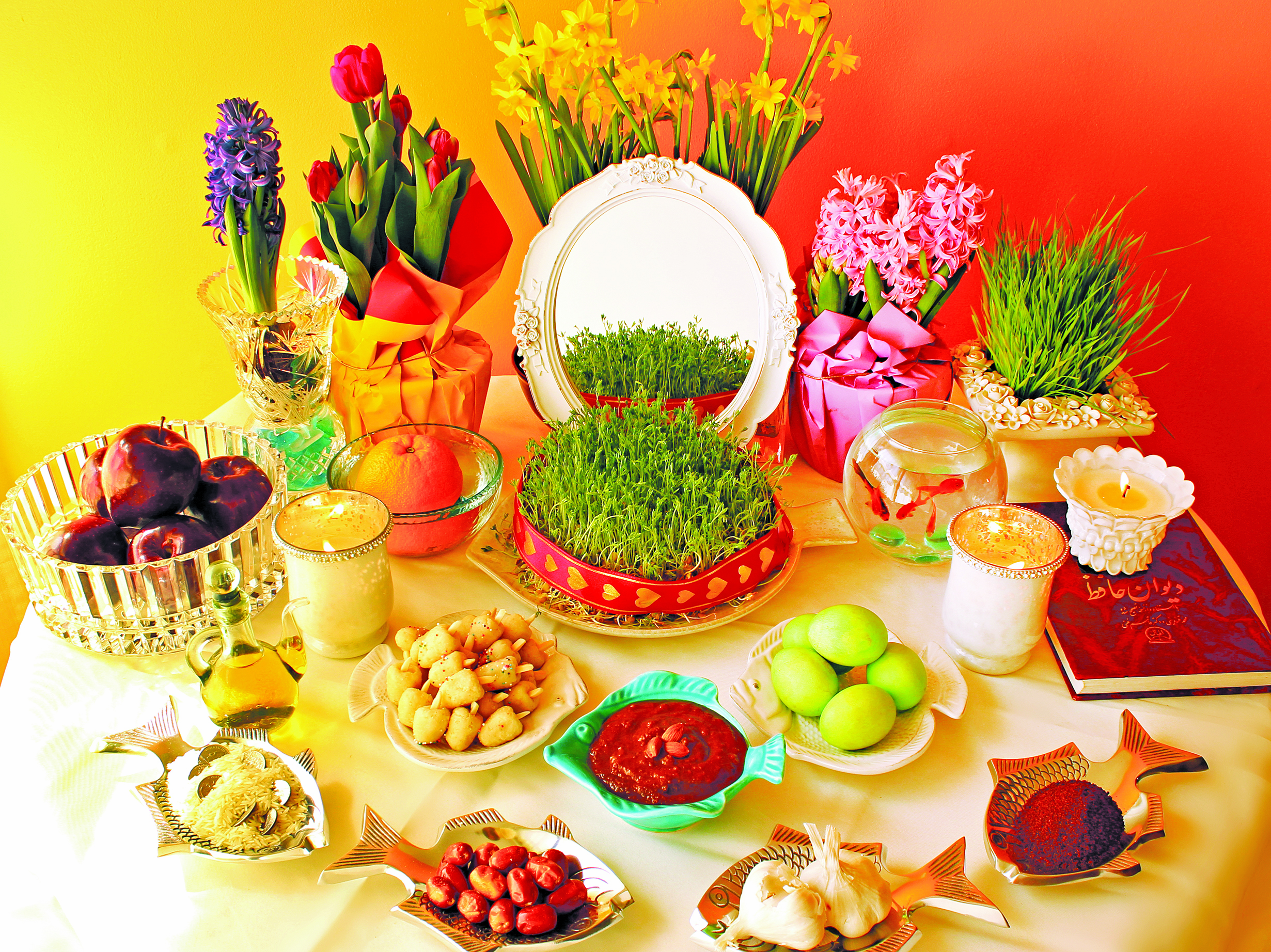 How time flies! Already the first quarter of the year is over. The new financial year has already begun. Winter is over and Spring, which feels more like Summer, is already upon us. A common human activity we observed during March this year was fasting. People of different religious beliefs have been fasting in different forms. The Muslims fasted for Ramadan, the Christians fasted for Lent, while the Hindus fasted for Shivratri. The object of fasting is the same – to abstain from worldly pleasures, and enhance devotion through self-cleansing!
How time flies! Already the first quarter of the year is over. The new financial year has already begun. Winter is over and Spring, which feels more like Summer, is already upon us. A common human activity we observed during March this year was fasting. People of different religious beliefs have been fasting in different forms. The Muslims fasted for Ramadan, the Christians fasted for Lent, while the Hindus fasted for Shivratri. The object of fasting is the same – to abstain from worldly pleasures, and enhance devotion through self-cleansing!
Zoroastrians following the Fasal or seasonal calendar observed the ten Fravardegan days before Navroze. Over these ten days, which included the five Gatha days, their fast did not pertain to food but they practiced druj-parhez or abstinence from falsehood, wickedness and all that is unclean! The ten days preceding Navroze are meant to be spent in prayers, promoting Asha (righteous actions), remembering the fravashi of the dear departed and acts of charity.
Digital Fasting
Throughout March, most of us were flooded with digital greetings over email, WhatsApp and social media. After Navroze, I must have cleaned up my phone memory with no less than four hundred recycled / forwarded messages. Hardly anyone sends a personal greeting in their own words – people also seem to have forgotten the tradition of personally calling up family and friends and wishing them! Everything has become mechanical and impersonal. I wish we could all fast from forwarding the same recycled images and impersonal forwards, year after year. We so require digital cleansing through committed fasting from mindlessly forwarding messages.
Spring Festivals Continue
Though it’s April, the Spring Festivals are not over yet! We may have celebrated Navroze and Easter in March but 9th April marks Chaitra Sukladi which marks the beginning of the harvest season and the first month of the year based on the Hindu calendar, which starts with the new moon in the month of March or April. This festival is observed under different names including Gudi Padwa in Maharashtra and Ugadi in Karnataka and Andhra Pradesh. Sindhis will be celebrating this day as Cheti Chand.
The first day of the Chaitra month of the Hindu calendar is significant for two reasons – it signifies the start of spring (just like Navroze) and according to the Brahma Puran, after a massive world deluge destructed the world, Lord Brahma recreated it on this day.
Gudi Padwa
On Gudi Padwa, a new vessel (kalash) made of silver, copper or bronze covered in auspicious red, yellow or saffron cloth is hoisted upside down at the entrance of the house. This is called the Gudi and it’s a sign of prosperity and good things to come (like the Navroze table with the Haft Sheen). In the evening, a procession is held where people unite and perform the lezim to entertain the audience. Like Navroze, this is a spring festival with hope in the hearts of people for happiness and prosperity.
On this auspicious day one is treated to a unique Prasad (offering) made from neem (which is bitter) and jaggery (which is sweet). The bitter-sweet flavour is a reminder of life’s journey – a mixture of happiness and sorrow. Interestingly even the Samanu (pudding), which Iranian Zoroastrian’s place on the Navroze table has a slightly bitter though predominantly sweet taste. Traditional Samanu is made entirely of germinated wheat and water and no other ingredients. However, in modern times, it is common to add a bit of flour to speed up the thickening process, and this is what makes the paste taste somewhat bitter.
Cheti Chand
Chaitra is regarded an important month, referred to as Chet by the Sindhi community. Moreover, each new month as per their Panchang, begins with the New Moon i.e. Chand. Cheti Chand is deemed to be highly beneficial and promising to start new endeavors. Sindhis revere this festival to celebrate the birthday of Jhulelal who is also known by the name of Uderolal. He is known to be their patron saint. Sindhis believe that on this day, Varun Dev had come to life as Jhulelal. Varuna likely dates back to the Indo-Iranian age. Varuna, in his function as keeper of the cosmic order, resembles Ahura Mazda. For example, Mithra is twinned with Ahura Mazda in the Avesta, just as Vedic Mitra is related with Varuna. Further, the Avesta also connects Varuna with the Iranian equivalent of the Rishi Visistha. Here, Asha Vahishta or Ardibehesht is one of the Amesha Spenta who assists Ahura Mazda in carrying out his will on earth. Such evidence strengthens the argument for Varuna’s Indo-Aryan origin. This day is also regarded among the Sindhi community as auspicious for worshipping and offering gratitude to the Divinity of  Water.
Water.
Vaisakhi
Vaisakhi (or Baisakhi), is a spring harvest festival celebrated by Sikhs. This year Vaisakhi falls on 13th April. In 1699, Sikhs from all over Punjab in India gathered to celebrate the local harvest festival of Vaisakhi. The tenth guru, Guru Gobind Singh, came out of a tent carrying a sword and said that every great deed was preceded by an equally great sacrifice. He asked anyone who was prepared to give their life for their religion to step forward. But this was only a test, and the five brave people who stepped forward, willing to sacrifice their lives, came to be known as the Panj Piare or the ‘Beloved Five’ from that day.
On Vaisakhi, Sikhs visit the Gurdwara to pray and religious services are held. They celebrate with colourful traditional clothes and take part in parades through the streets. There is singing, dancing and chanting of hymns. This procession is called the Nagar Kirtan. They conclude the day with a traditional meal in, with family and friends.
- The Feast Of Tirgan - 23 November2024
- Life And Message Of Asho Zarathushtra – II - 16 November2024
- Life And Message Of Asho Zarathushtra –I - 9 November2024
